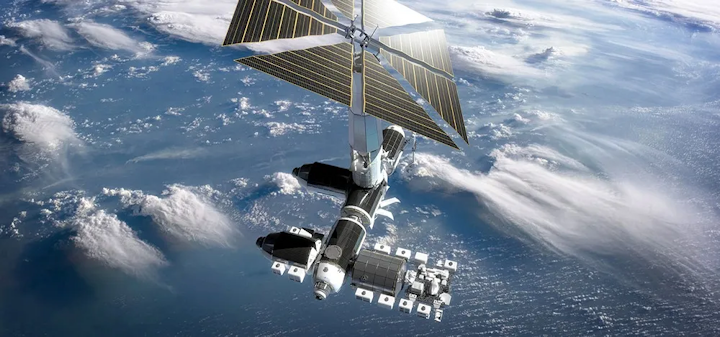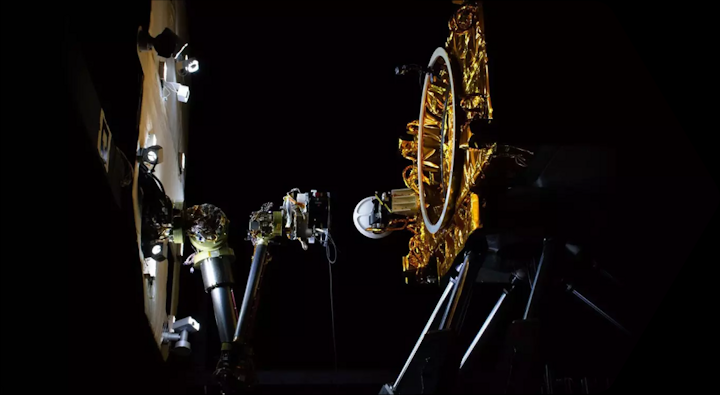News

New McKinsey Report Puts the Space Economy at a Tipping Point
In March, McKinsey & Co. published a report stating “Massive technological innovation is creating the opportunity for more capabilities to be deployed above Earth for the benefit of those on Earth.” Just as the commercial air sector thrived following World War II and the internet shaped the world in the 1990s and early 2000s, the report discusses how the commercialization of space is driving major businesses on Earth.
Commercial companies have always played a role in space exploration, building spacecraft for government space agencies and commercial satellites. However, the reduced cost of accessing space, driven by commercial partnerships between those same government agencies and private companies, has opened the region beyond Earth’s atmosphere to more organizations. Previously, only large companies, governments, or educational institutions that could bankroll spacecraft and launch services costing hundreds of millions of dollars. Now, with the advent of ride-sharing, increasing competition among launch providers, and smallsat technologies, entire space missions can be launched for hundreds of thousands of dollars.
By making space increasingly accessible, the floodgates of future commercialization have been opened. Space-based platforms can provide global services, everything from cellular phone communications to observation, that previously required owning or leasing time on dedicated satellites. With today’s smallsats, constellations of spacecraft can be commissioned to provide services to people around the world at reduced cost and with greater coverage and availability.

Conceptual commercial space station. Credit: Axiom Space
One area of this future commercialization of space that is just beginning to be explored is on-orbit assembly and manufacturing. Although the cost of launch services has come down significantly in the 21st century, the size and scope of spacecraft is still limited by the size and capability of launch vehicles. Being able to launch multiple pieces of a spacecraft, either in an unconfigured state onboard a single rocket or using multiple rockets, and then assembling the satellite in Earth orbit will further enhance the ability of space-based platforms.
Motiv Space Systems, as the leader in robotics and mechanisms for space applications, continues to demonstrate just how capable on-orbit assembly will be. Motiv has already partnered with NASA on multiple on-orbit servicing, assembly, and manufacturing (OSAM) and other missions to demonstrate the use of robotic systems for building and servicing spacecraft in Earth orbit. These demonstrations will play a key role in furthering the development of Motiv’s engineering technology for use by non-government organizations looking to assemble or service spacecraft outside Earth’s atmosphere.

Conceptual on-orbit robotic spacecraft servicing.
The building of satellites in Earth orbit is only one application of Motiv’s robotics technology. With an increasing number of nonfunctional spacecraft orbiting the planet, the need to repair or otherwise service satellites is a growing need. Using the same robotic systems that can assemble a satellite, Motiv is working to demonstrate the ability to capture and repair spacecraft, enhancing their service life or repurposing them for other missions.
As more industries recognize the value of having space-based platforms providing their services to people on Earth, the commercialization of low Earth orbit, and beyond, will continue. Enhanced access to space and lower cost of space-rated components will further drive this development, as McKinsey discussed. However, the ability to manufacture satellites on-orbit or service spacecraft whose original service life has ended will open additional opportunities for Earth-based industries to take advantage of the growing space-based economy. And it is Motiv Space Systems that is leading the development of the robotic technology that will enable these capabilities.